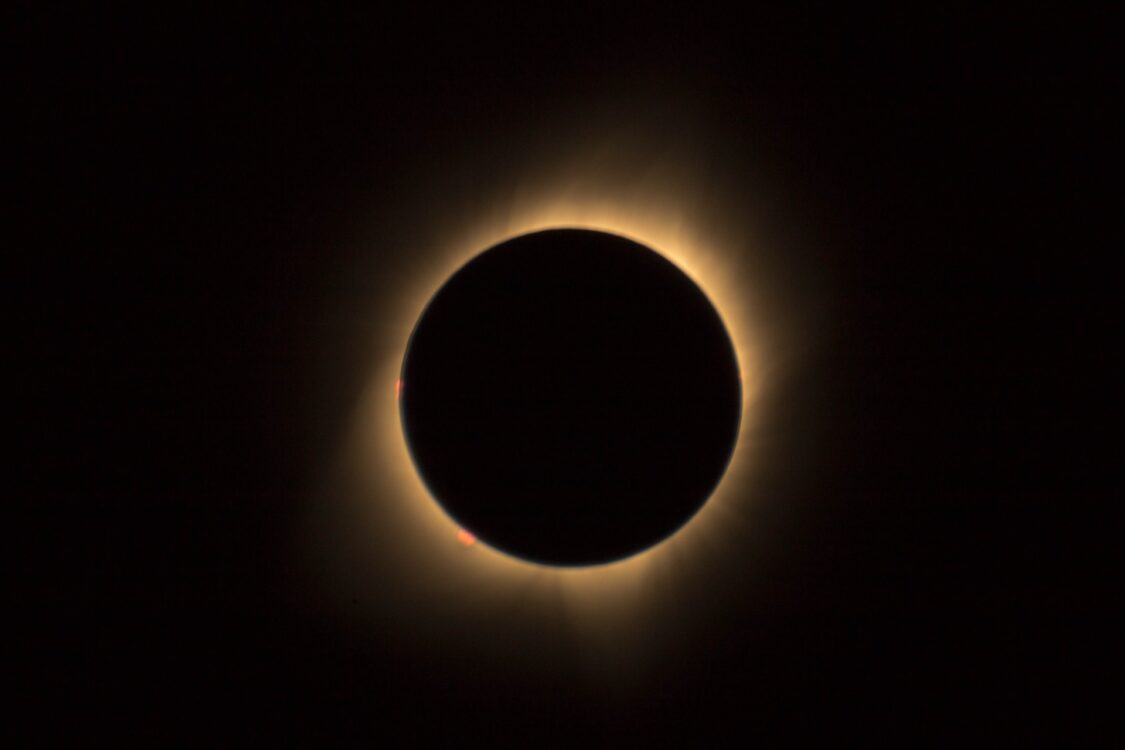Solar eclipses are a fascinating astronomical phenomenon that has intrigued humans throughout history. These spectacular events occur when the moon passes between the sun and Earth, casting a shadow on earth’s surface. While solar eclipses may seem magical and otherworldly, they result from some of the most fundamental physical principles in the universe. Here are four scientific facts to know about how solar eclipses happen.
1. The Size and Distance of the Moon and Sun are Crucial
The first and most crucial factor determining whether a solar eclipse will occur is the size and distance of the moon and sun. The moon is around 400 times smaller than the sun but also 400 times closer to Earth. This means that the sun and moon appear roughly the same size in the sky from the perspective of Earth. If the moon were further away or smaller, it could not block the entire sun during an eclipse perfectly.
2. Solar Eclipses Can Only Occur During a New Moon
The second key factor contributing to solar eclipses is the moon’s position relative to the sun and Earth. Solar eclipses can only occur during a new moon when the moon is precisely aligned with the sun and Earth. During a new moon, the side of the moon facing Earth is completely dark because it is not receiving any sunlight. This perfect alignment allows the moon to cast a shadow on the Earth when it passes in front of the sun.
3. There are Different Types of Solar Eclipses
Not all solar eclipses are created equal. There are several different types of eclipses, depending on the position of the moon and the Earth’s distance from the sun. The most common type of eclipse is a partial solar eclipse. This occurs when the moon only partially covers the sun from the perspective of Earth, creating a crescent shape in the sky.
On the other hand, a total solar eclipse occurs when the moon completely blocks the sun, causing the sky to become almost completely dark for a short period. There are also annular eclipses, which occur when the moon passes directly in front of the sun but is further away from Earth, leaving a “ring of fire” visible around the sun’s edges.
4. Solar Eclipses are More Frequent Than You Might Think
While solar eclipses are rare events, they are less rare than expected. A total solar eclipse occurs somewhere on Earth roughly once every 18 months. However, the path of totality, the area on Earth that experiences complete darkness during a total solar eclipse, is much smaller. The same location can take decades or even centuries to experience this phenomenon twice.
Solar eclipses are a mesmerizing and awe-inspiring display of the universe’s raw power and beauty. While they may seem mysterious and otherworldly, they result from some of the most basic principles of physics and astronomy. Understanding how solar eclipses occur can help people appreciate their rarity and beauty even more, strengthening their connection to the natural world and the universe beyond.

